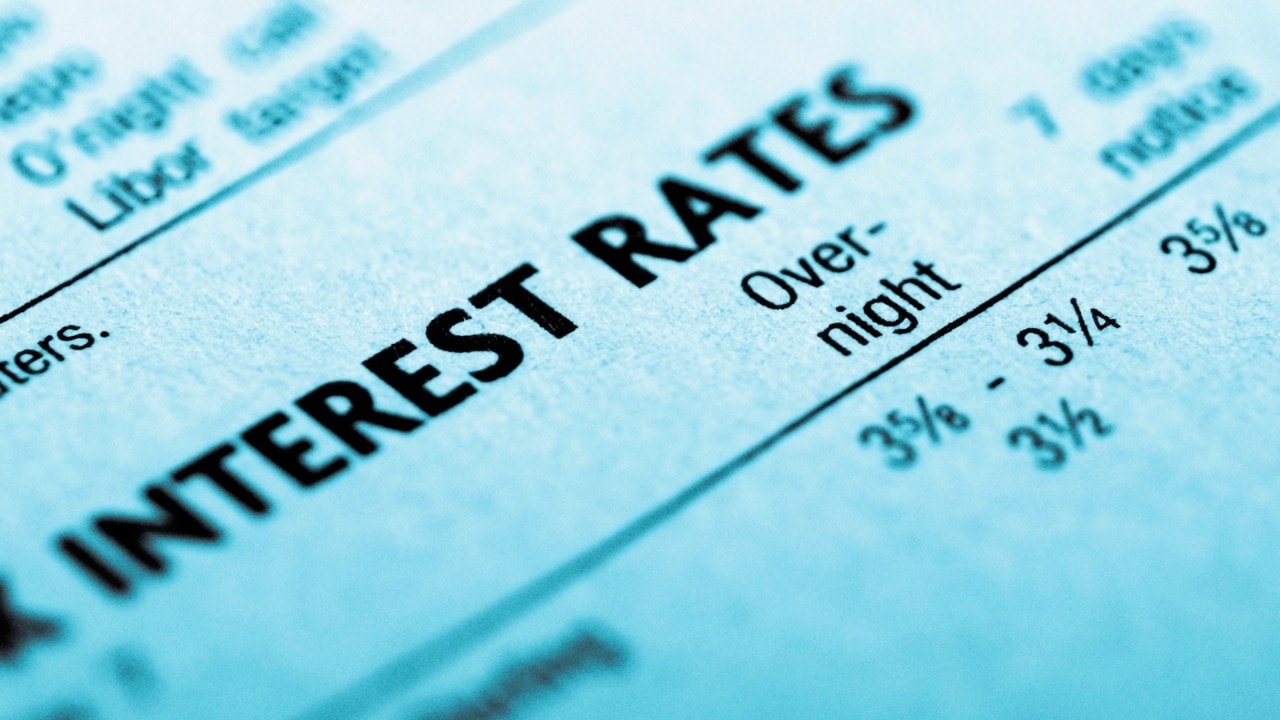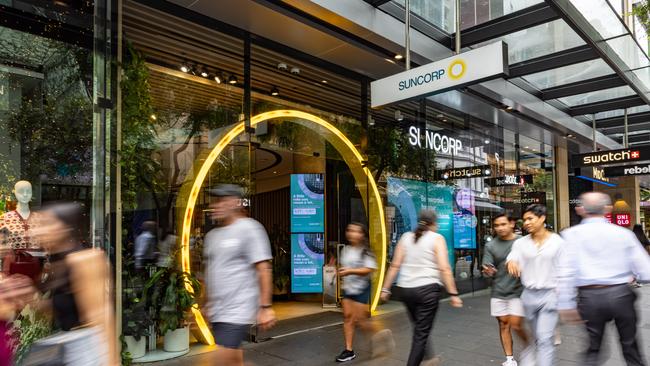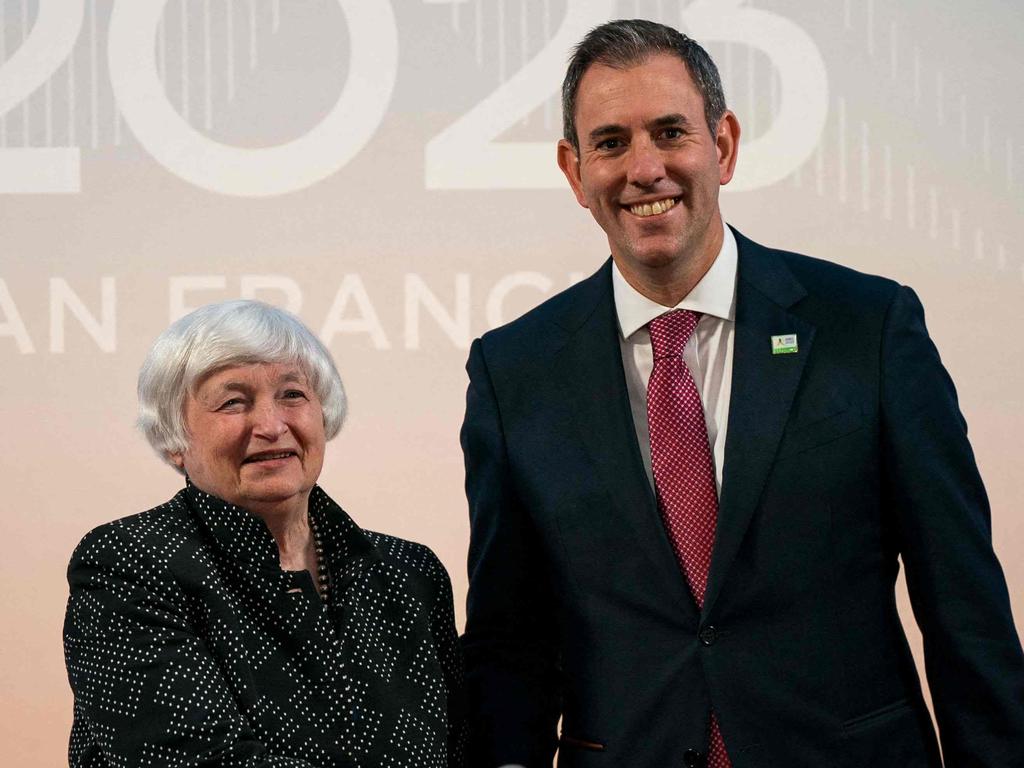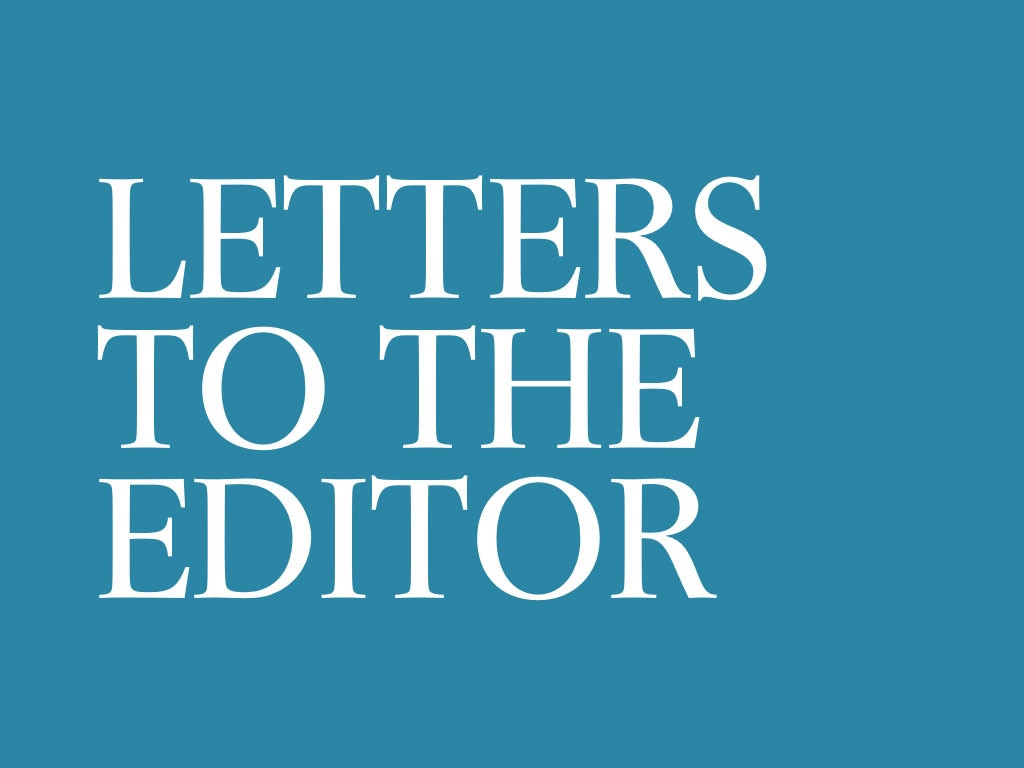Home loans now ‘preserve of the rich’: ANZ boss
Shayne Elliott sounds a warning on the Australian dream, as former treasurer Peter Costello says runaway migration had worsened the affordability crisis.

The head of one of the major banks has warned the Australian dream of home ownership “has become the preserve of the rich”, as former treasurer Peter Costello said runaway migration had worsened the housing affordability crisis and was driving rents higher.
As the Reserve Bank warned the battle to tame inflation was becoming harder, ANZ chief executive Shayne Elliott said lending regulations had helped make it the most difficult environment in 30 years to get approved for a mortgage.
“If you want a loan you have to be better off, and essentially rich,” Mr Elliott told The Australian.
“There’s big social consequences and political consequences.
“Is that a society we want where people can’t get a home loan or get a loan to start a business?”
Mr Elliott said while the record setting immigration levels were putting pressure on the rental market, there were benefits for the economy as a whole.
“It’s all about getting the balance right,” he said.
The average Australian mortgage is $598,867, according to figures released this month by the Australian Bureau of Statistics. This is a $250,000 increase on the average mortgage size in 2013.
Ahead of the first rate rise in April last year, repayments on the average mortgage were $2570 a month.
That has increased to $4151 after the RBA last week delivered its 13th interest rate hike to 4.35 per cent, according to Canstar analysis.
Mr Costello, the outgoing Future Fund chairman, said the country was struggling to adjust to the surge in the number of foreign students and temporary workers that had followed the opening of the nation’s borders in late 2021.
The nation’s longest serving treasurer said it was crucial that Australia manage the inflow of migrants “gradually rather than have these huge licks which are putting pressure on the housing environment”.
He said the recent influx of between 500,000 to 600,000 migrants over the past year — compared to the 120,000 people a year who were entering Australia around the time he was treasurer two decades ago — was “an enormous adjustment for an economy”, and implied demand for an extra 200,000 homes.
“Australia has always been a migrant country and I’ve always supported immigration. But the levels of immigration now are extremely high. No wonder we’ve got rental shortages. What’s going to be driving inflation in the near term? Rents,” Mr Costello told a UBS conference in Sydney.
Pointing to more pain for mortgage holders, RBA acting chief economist Marion Kohler warned “the road ahead could be bumpy” in bringing inflation to the target range of 2-3 per cent.
After reaching a peak of nearly 8 per cent in December, consumer price growth has since dropped to 5.4 per cent in September.
But that decline has reflected the relatively easy gains that came from the end of pandemic-era disruptions, Dr Kohler told the UBS conference.
The RBA’s latest forecasts predict it will take two years to get inflation just back within its 2-3 per cent target range.
“The next stage in bringing inflation back to target is likely to be more drawn out than the first,” she said.
“This has been the experience of some other advanced economies that have been a little ahead of Australia in this inflation cycle.
“The recent increase in fuel prices is also a timely reminder that upside surprises from supply shocks could affect headline inflation. All to say, the road ahead could be bumpy.”
Dr Kohler conceded relying on raising interest rates to tame inflation was “restrictive”, with the economy growing below its trend rate and “many households are experiencing a painful squeeze on their budgets”.
“So the big policy question that we and other central banks are having is: is it restrictive enough to get inflation down over a reasonable time frame such that inflation expectations remain anchored?” she said.
After unveiling a bumper $7.4bn profit result at ANZ’s annual general meeting, Mr Elliott said just 2000 borrowers of the bank’s more than one million home loan customers reported they were in hardship.

The ANZ boss said conservative lending regulations — including assessing loan applicants based on a 3 per cent increase to interest rates — risked baking in lending to safe wealthy borrowers and creating a country where economic dynamism and aspirations were cut short.
“No one is suggesting we want to be irresponsible,” he said.
“There’s very strong evidence to support the argument we’ve put forward that a lot of people are missing out on getting a home loan, to run a business or get a credit card, not because they’re bad people, but because regulation doesn’t allow banks to lean in and support those people.
“That has implications for people’s aspirations for being a part of the community and wanting to invest.”
Amid the threat of a worsening conflict in the Middle East and an ongoing war in Ukraine, Jim Chalmers attended meetings at the APEC economic ministers summit in San Francisco .
“This is a time of volatility, unpredictability and conflict which manifests itself in persistent global inflation and which puts pressure on our people and our plans,” the Treasurer told ministers of the Asia-Pacific region.
After meeting with US Treasury secretary Janet Yellen, the Treasurer said “global inflation has been moderating since last year’s peaks but we need it to moderate further and faster”.
He warned that “a soft landing in developed economies is assumed but not assured”.
“Central banks and budgets are focused on demand management, but it’s on the supply side where we can lift the speed limits of our economies in the medium term,” Dr Chalmers said.
The threat of further supply shocks that could drive prices higher was underlined at the weekend, after a cyber attack at the weekend on one of the country’s largest port terminal operators, DP World, left an estimated 30,000 containers stranded and sparked concerns of a temporary jump in prices for affected goods.
Dr Kohler said goods inflation had retreated rapidly, with consumer durables price growth, for example, down from a peak of about 7 per cent to 3 per cent.
“By contrast, domestically sourced inflation – in particular, services price inflation – has been widespread and slow to decline,” she said.
Market services – which include hairdressers and eating out and represents about a fifth of the consumer price index and which “are among the most sensitive to domestically generated inflationary pressures” – were still collectively growing by a “brisk” 7 per cent in the year to September. It was spurred by the surprisingly robust state of the economy as net migration surged, and the labour market stayed tight.
Additional reporting: Paulina Duran, Mackenzie Scott







To join the conversation, please log in. Don't have an account? Register
Join the conversation, you are commenting as Logout